Archive
2022
KubaParis
Tonic Immobility

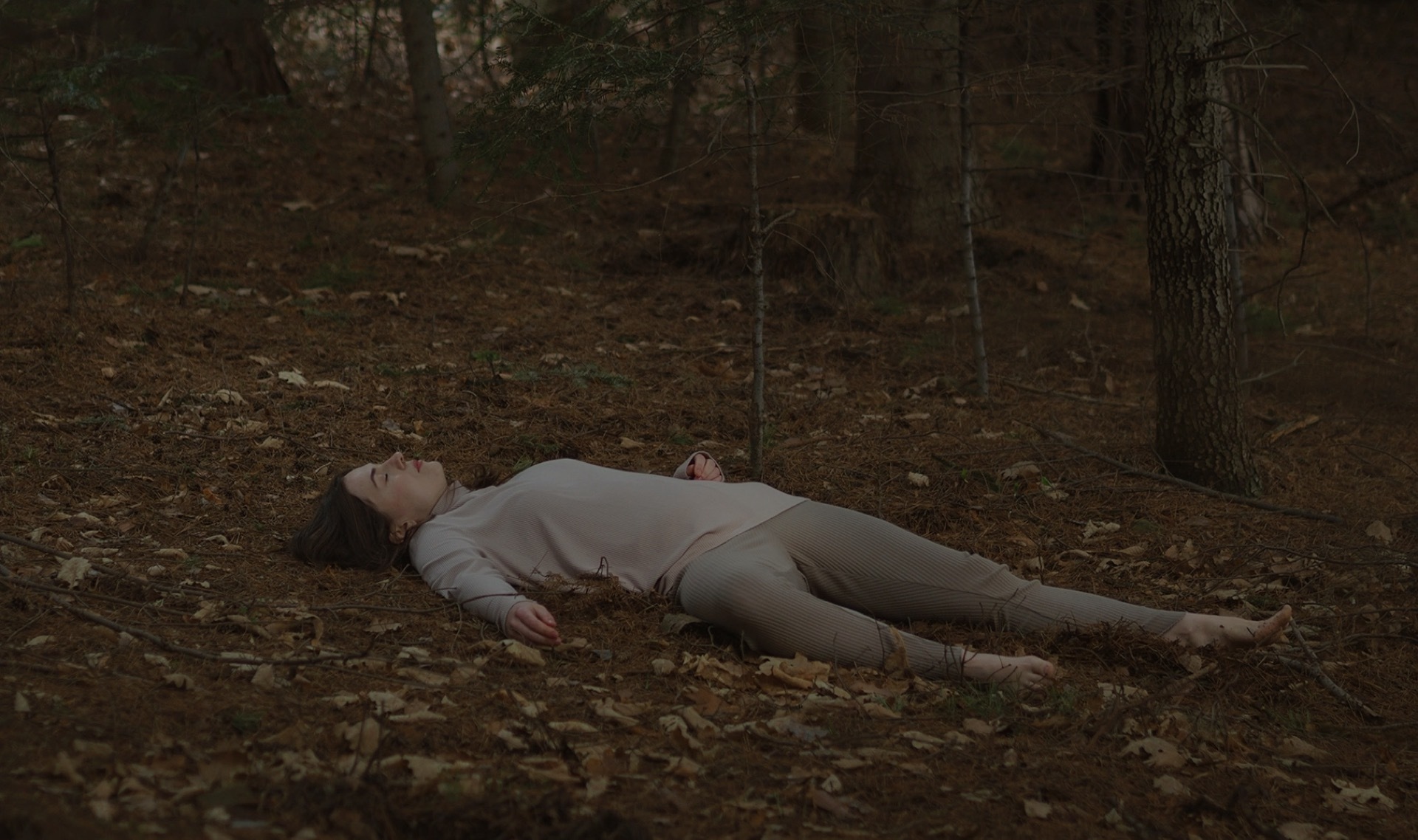
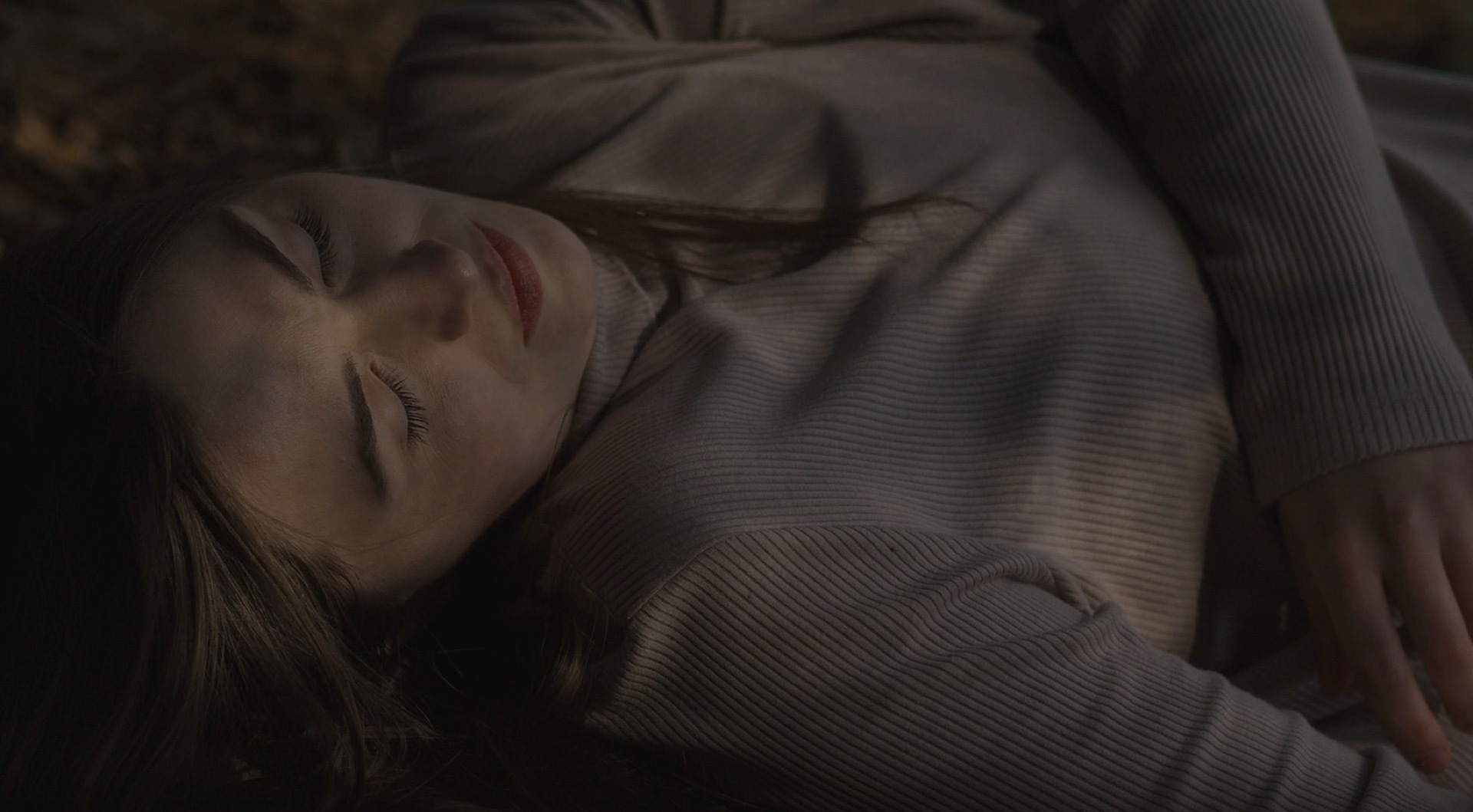
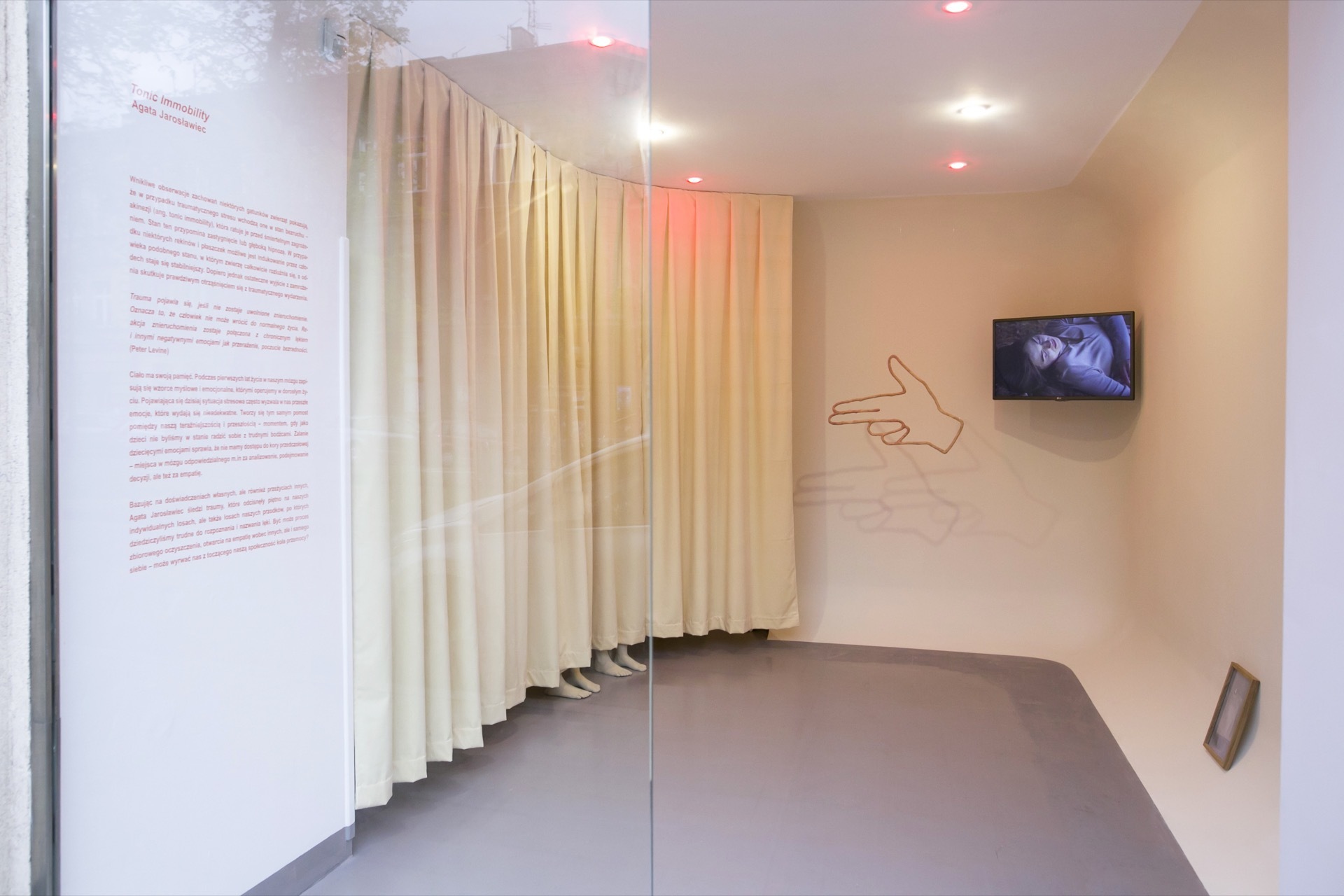
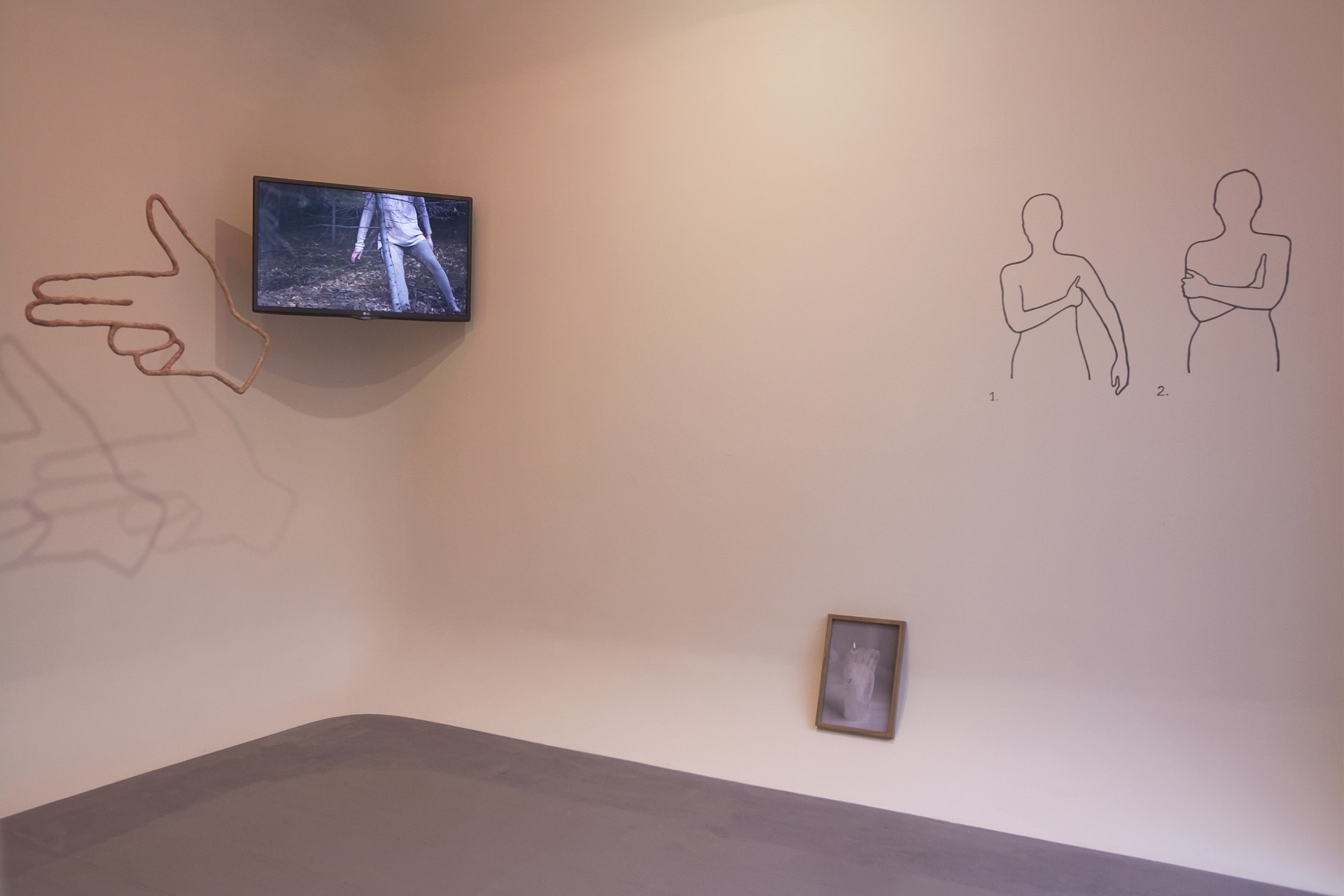
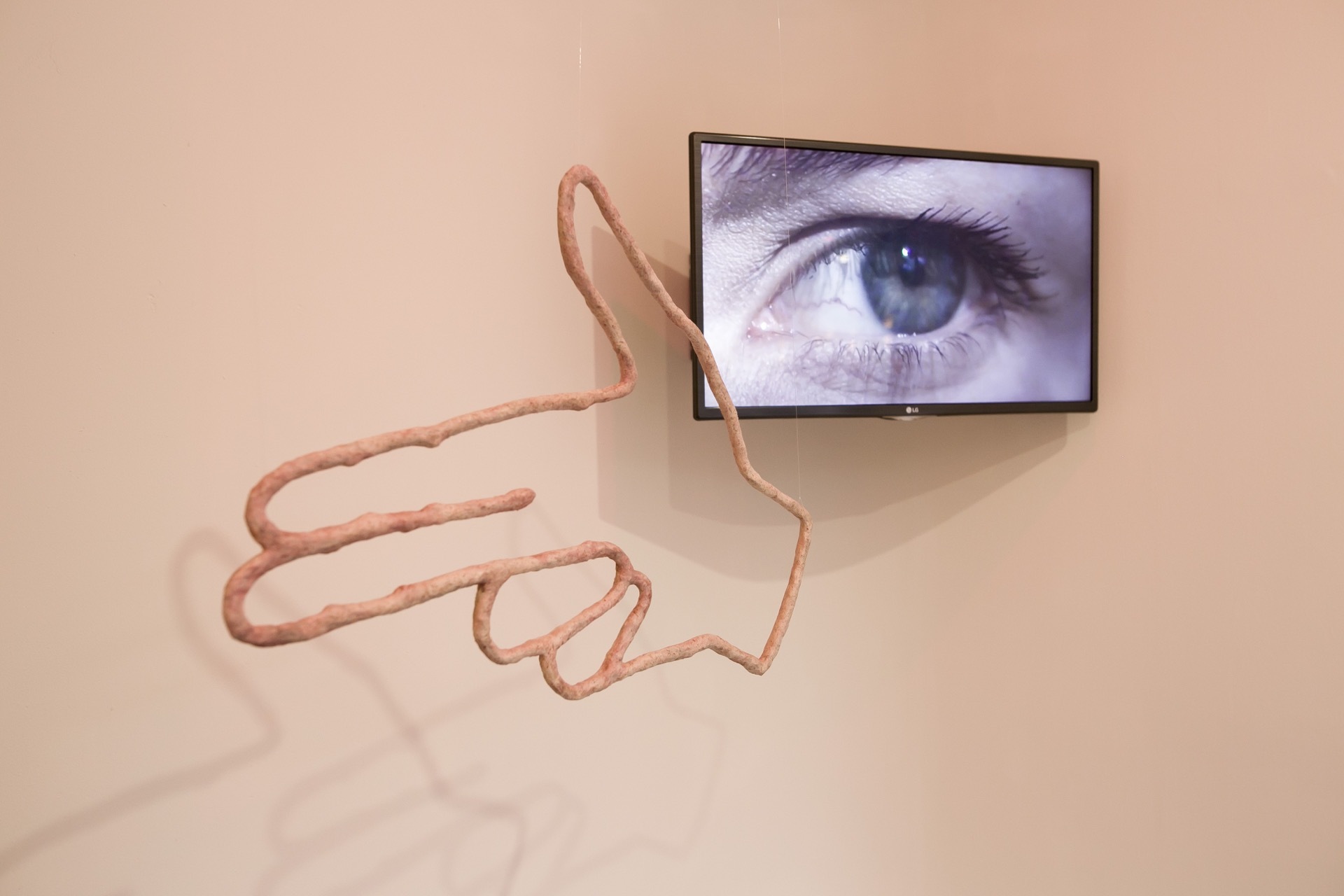
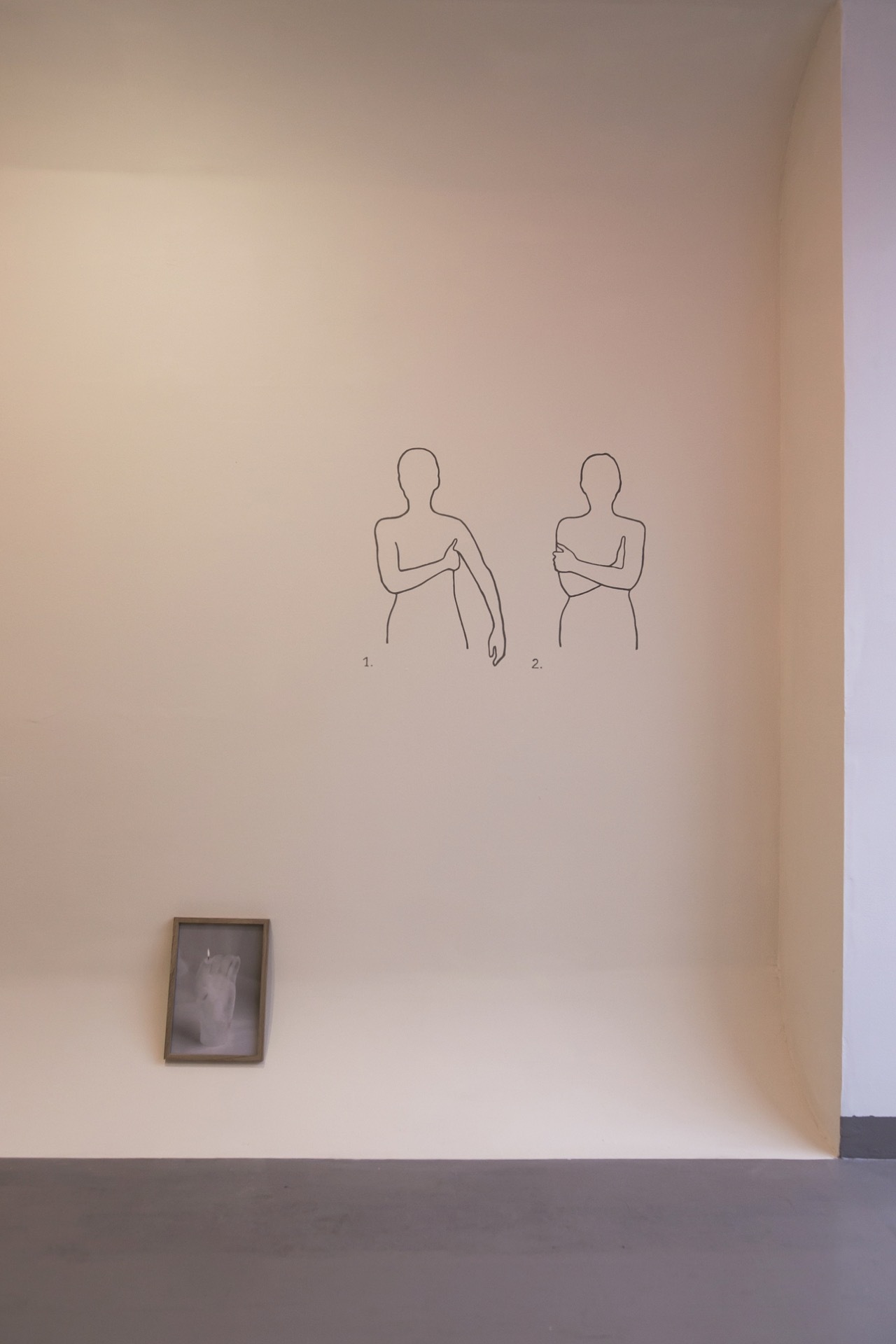

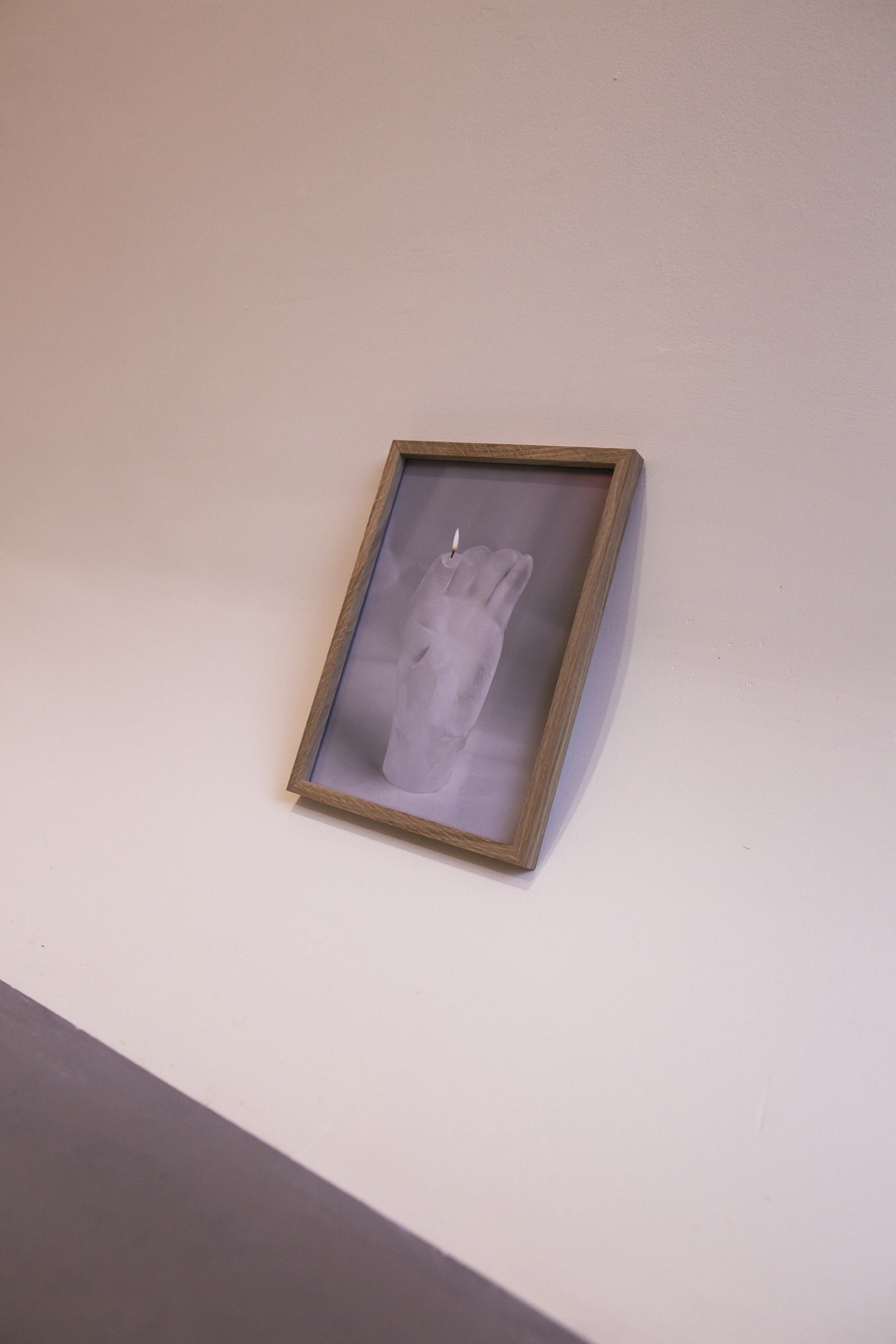

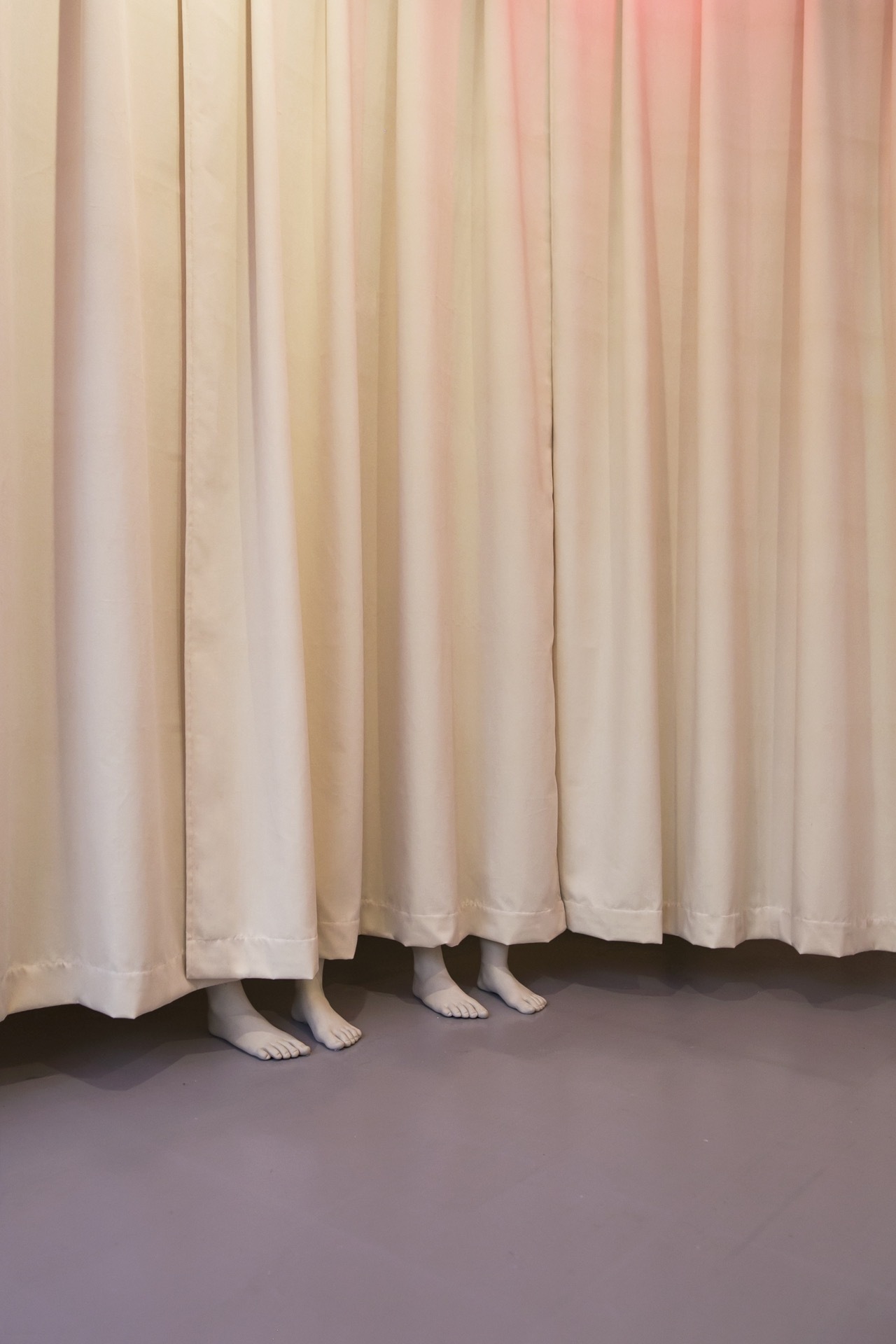
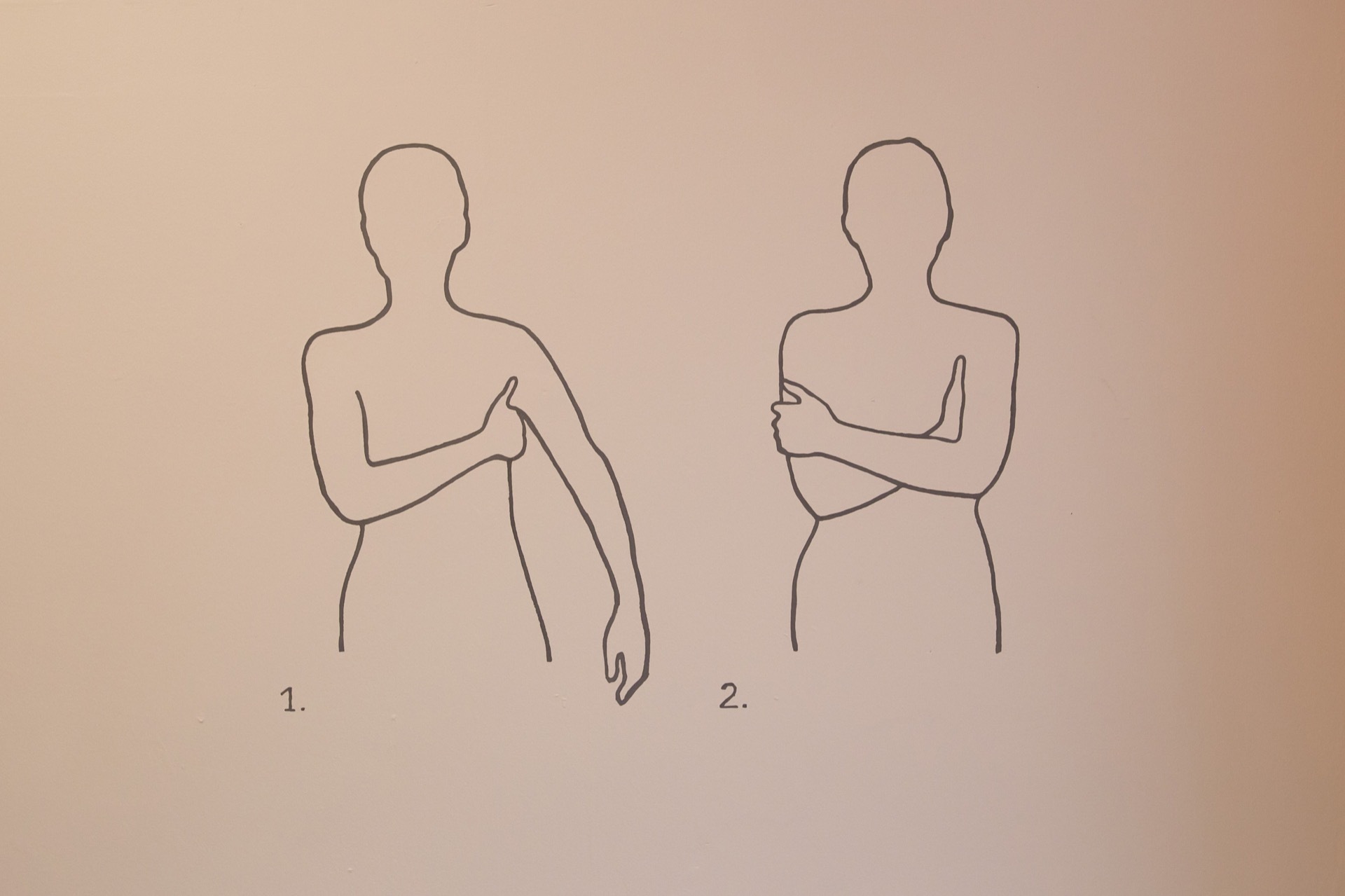
Location
PIANA GALLERYDate
04.05 –24.05.2022Curator
Filip Rybkowski_Michał Sroka_Michał ZawadaPhotography
Filip RybkowskiSubheadline
Piana Gallery Agata Jaroslawiec Tonic immobility 5.05.2022 - 22.05.2022 Tonic immobility is a concept referring to paralysis as an involuntary reaction of the body to a threat to life. The exhibition is a story about stillness, stillness not as an element of meditation, but rather an attempt by the mind to escape into inattention to what surrounds it. It is impossible to talk about its fragility and defencelessness, because there is no language for it. The frozen state of the title is both a fight and an escape, the only way to cope with what is. The present becomes a reflection of the past when feelings are too big to contain. bio: Agata Jarosławiec - graduate of the Faculty of Painting at the Academy of Fine Arts in Krakow (2020), and of the Bachelor's degree in Art History at the Jagiellonian University (2014), from 2021 she is a PhD student at the Academy of Fine Arts in Krakow. Winner of the 3rd prize in the Artistic Journey of Hestia competition (2020), Allegro Prize finalist (2021), participant of the 17th SURVIVAL Art Review in Wrocław (2019). Her artistic practice is based on exploring the relationship between history, body and identity. She is interested in the shadows of individual and social narratives and looks for opportunities for growth in them. In her practice she often uses object, video and performative actions.Text
In-depth observations of the behaviour of some animal species show that in the case of traumatic stress, they enter a state of immobility - akinesia (tonic immobility), which saves them from mortal danger. This state is similar to freezing or deep hypnosis. For some sharks and rays, it is possible for humans to induce a similar state in which the animal completely relaxes and breathing becomes more stable. However, it is only the final emergence from freezing that results in a true recovery from the traumatic event.
Trauma occurs if immobility is not released. This means that the person cannot return to normal life. The immobilization reaction is combined with chronic anxiety and other negative emotions like terror, a sense of helplessness (Peter Levine).
The body has its own memory. During the first years of life, our brain stores the thought and emotional patterns that we operate in adult life. A stressful situation that arises today often triggers past emotions that seem inadequate. This creates a bridge between our present and our past - a time when, as children, we were unable to cope with difficult stimuli. Being flooded with childhood emotions means that we do not have access to the prefrontal cortex - a place in the brain responsible for analysis, decision-making and empathy, among other things.
Basing on her own experiences, but also on the experiences of others, Agata Jarosławiec traces the traumas which have left their mark on our individual fates, but also on the fates of our ancestors from whom we have inherited fears that are difficult to recognise and name. Perhaps the process of collective cleansing, of opening up to empathy with others, but also with oneself - can pull us out of the wheel of violence that is rolling through our community?
Michal Zawada